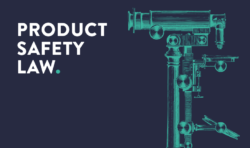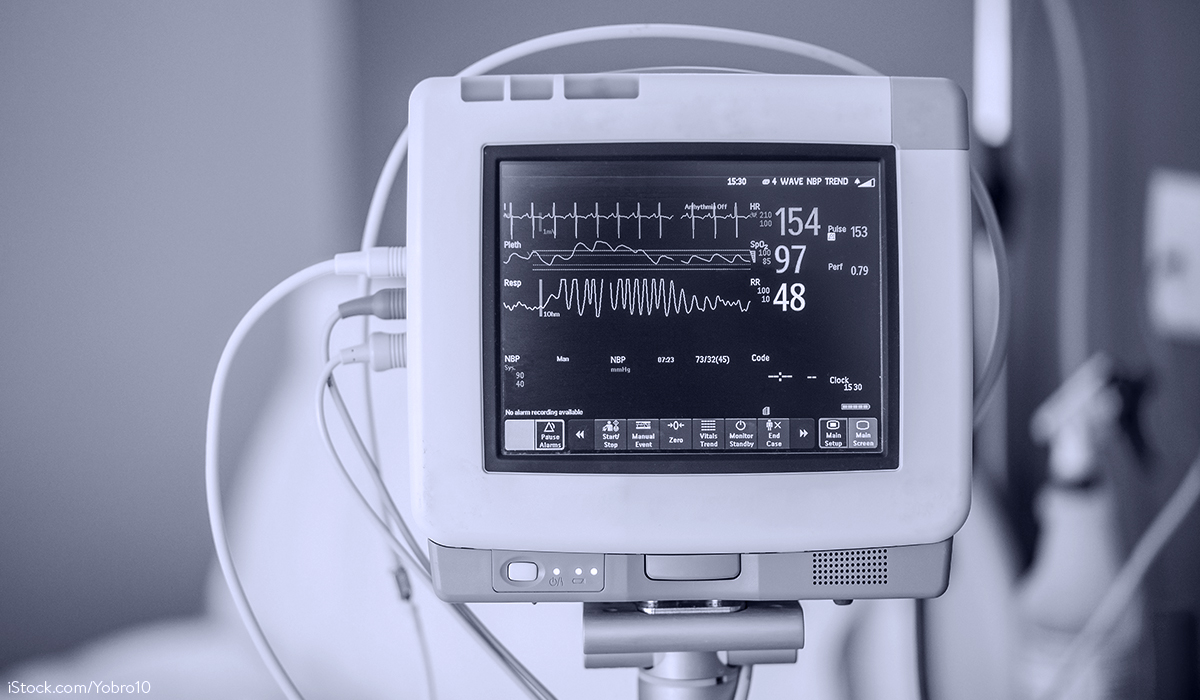What are Smart Textiles?
Smart textiles or smart clothes are clothes that have electronic and sensory components and can thus perform additional functions. Connected clothing is playing an increasing role, particularly in the areas of sport, healthcare, and occupational safety, and is thus expanding the Internet of Things (loT) market.
Which specific product requirements come into consideration?
These are primarily based on the properties, features, functions, technical components, product design and intended use of the textiles or clothing. In regulatory terms, smart textiles generally fall under the EU-harmonised product area, as they are covered by CE legal acts. In addition, classical textile law remains applicable.
1. Radio equipment law
If the hardware components integrated in the clothing communicate by means of radio standards, the Smart Textiles may constitute a so-called radio system, which in Germany is subject to the Radio Equipment Act (FuAG). § 4 FuAG places fundamental requirements on the product design. The radio system must be safe and meet electromagnetic compatibility requirements. In addition, the manufacturer is subject to further labelling and information obligations.
2. PPE law
If smart textiles serve to protect people against risks to their health and safety, they can embody so-called personal protective equipment (PPE). This is governed by Regulation (EU) 2016/425, which sets out basic health and safety requirements as well as specific obligations for manufacturers.
3. Medical Device Law
A particularly attractive application of smart textiles consists of integrated sensors that measure various vital parameters of the user. The data obtained can be used in real time in the field of personalised medicine. Due to the application to vulnerable groups of people, the then relevant medical product law in the form of Regulation (EU) 2017/745 places the highest demands on manufacturers. Because its applicability results from the intended purpose of the product, manufacturers can, control the pertinence of the regulations through product labelling, instructions for use and advertising materials.
According to Regulation (EU) 2017/745, a conformity procedure must be carried out before a medical device is placed on the market; the specific scope of the procedure depends on the classification of the medical device. Under certain circumstances, a so-called Notified Body is to be involved. One component of this procedure is a so-called clinical evaluation, for which clinical data may have to be generated. Furthermore, the establishment and maintenance of specific quality and risk management systems is required.
4. General product safety law
If smart textiles are not subject to any of the aforementioned regulations, the safety requirements are based on § 3 para. 2 sentence 1 of the German Product Safety Act (ProdSG). According to this, the product must not be dangerous when used as intended and in a foreseeable manner. If smart textiles are intended for consumers, the requirements of § 6 ProdSG must also be met. This results in comprehensive labelling, information, education, organisation, product monitoring and reporting obligations for the manufacturer. On the other hand, traders are subject to lesser obligations.
Are there additional legal requirements?
Depending on the design, environmental requirements from the Battery Act, the Electrical and Electronic Equipment Act and the Electrical Substance Ordinance may also come into consideration. Furthermore, legal questions in the context of data protection and IT security arise.
What are the liability risks?
The complex legal situation corresponding to the variety of applications harbours considerable liability risks. Smart textiles that do not comply with the product specifications regularly turn out to be unfit for sale. The market surveillance authorities will then have a comprehensive set of regulatory instruments at their disposal. Among other things, distribution can be banned, a recall ordered, or a warning issued.
In addition, there is a risk of liability for damages under the German Product Liability Act (ProdHaftG) or under Section 823 (1) of the German Civil Code (BGB) if defective smart textiles cause personal injury. Moreover, even violations of regulatory obligations and product requirements can lead to fines and penalties. The addressee of sanctions can also be the management itself. Against this backdrop, product compliance in the production and distribution of smart textiles must be given the utmost attention.
For further details: Handorn/Wiebe, melliand International 3/2021, 134 et seq.
Do you have any questions about this news, or would you like to discuss the news with the author? Please contact: Dr. Gerhard Wiebe







